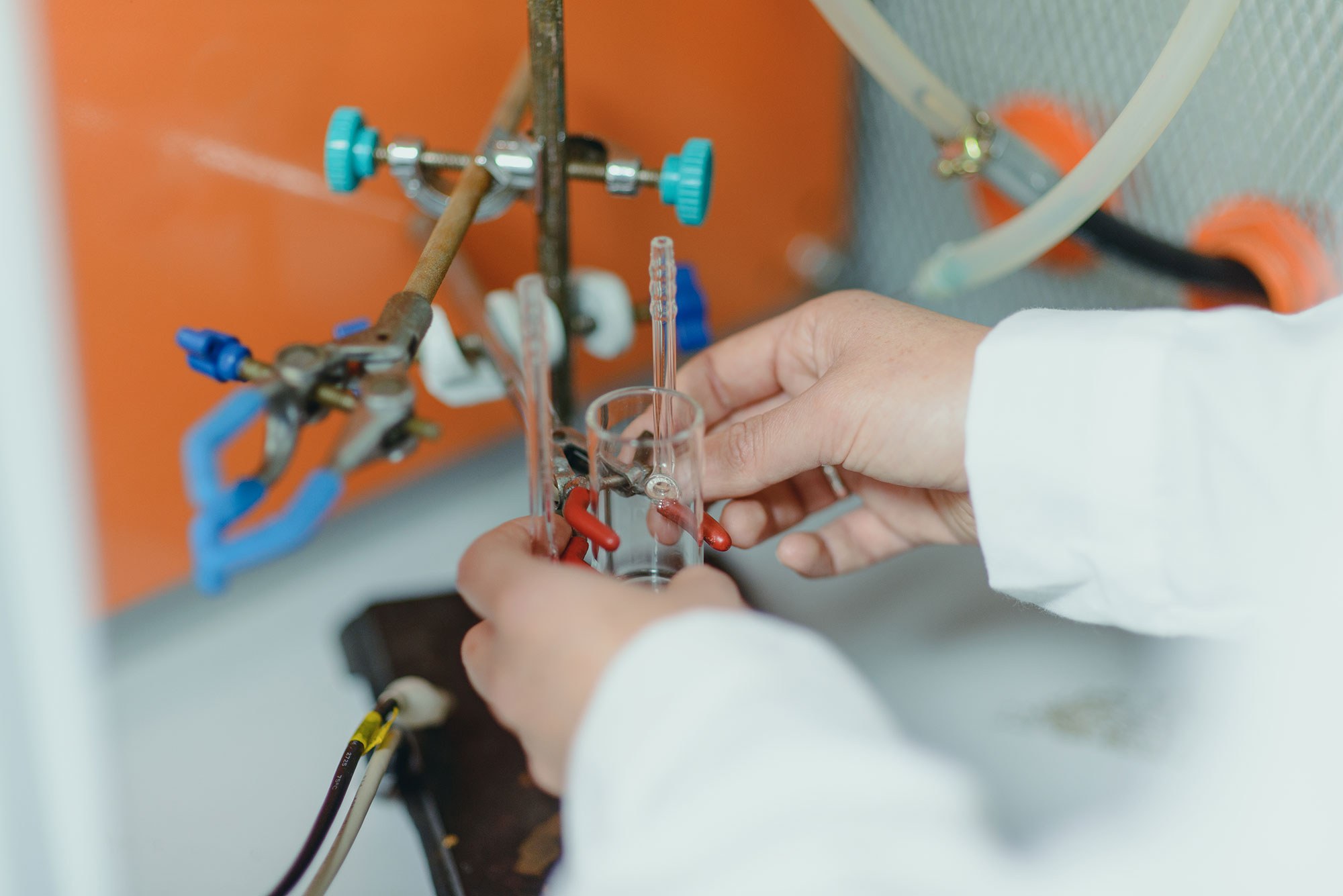Garín, C., Pineda, F., Sancy, M., Garrido, M., Lloncón, J., da Cunha Ponciano Gomes, J. A. & De Barbieri, F. (2025). The Effect of Chromium Contents on the Corrosion Performance of Fe-22Mn-0.6 C TWIP Steels in Sulfate-Containing Environments. Metals, 15(9), 1020. https://doi.org/10.3390/met15091020
Abstract: This study evaluates the corrosion behavior of Fe-22Mn-0.6C TWIP steels containing 0%, 5%, and 10% chromium after 28 days of exposure to a neutral sulfate solution. By combining electrochemical testing with a surface and spectroscopic analysis, we explored how Cr influences the formation and stability of oxide layers. The results reveal a clear trend: as the chromium content increases, the corrosion resistance improves significantly. The 10% Cr alloy stood out for its high impedance and stable electrochemical response, pointing to the development of a dense, protective oxide layer that limits the corrosive attack. The SEM/EDS and Raman spectroscopy revealed that chromium not only enhances the oxide’s compactness but also alters its composition, transitioning from iron-rich, porous oxides to Cr-containing spinels and oxyhydroxides with superior barrier properties. These structural and chemical improvements were confirmed by electrochemical parameters, which showed a reduced capacitance and increased film homogeneity. To tie these findings together, we propose a schematic model describing how chromium shapes the passivation process in these steels. Altogether, this study highlights the essential role of Cr in enhancing long-term corrosion protection in high-Mn TWIP steels under sulfate-rich conditions.
Fabiola Pineda
fabiola.pineda@umayor.cl


